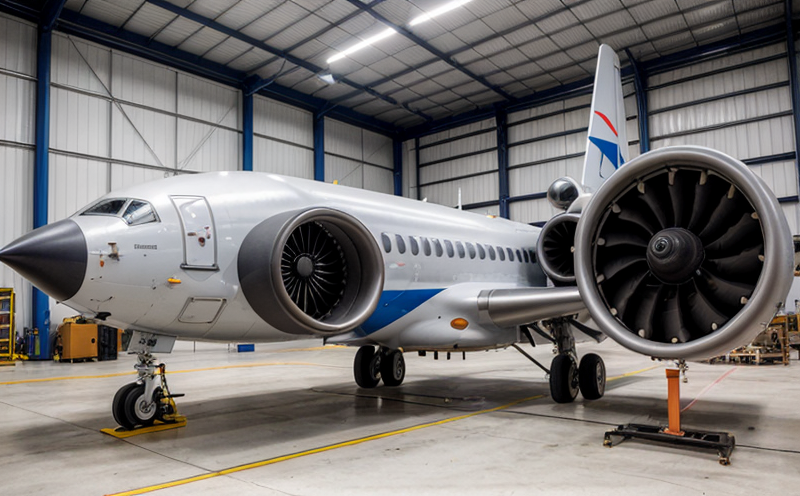Spacecraft Acoustic Environment Qualification (NASA-STD-7001)
The Spacecraft Acoustic Environment Qualification test is a critical procedure conducted to ensure that spacecraft components and systems meet the stringent acoustic environment requirements specified by NASA Standard 7001. This standard defines the acoustic conditions under which space vehicles must operate, ensuring they can withstand harsh environments during launch, ascent, orbit, and re-entry phases.
The test aims to simulate the high-intensity noise generated by rocket engines, which can cause structural damage or functional failure in spacecraft components if not adequately prepared. The qualification process involves subjecting specimens to controlled acoustic environments that replicate the worst-case scenarios of launch conditions as defined by NASA standards.
Compliance with this standard is essential for ensuring mission success and safety. Non-compliant spacecraft may fail during critical phases, leading to significant financial loss and potential endangerment of crew or assets. The test is particularly important for aerospace and defense industries due to the high stakes involved in space exploration missions.
Our laboratory uses advanced acoustic chambers equipped with state-of-the-art measurement systems that provide precise data on how specimens respond under simulated launch conditions. This allows us to identify potential weaknesses early in the development process, enabling manufacturers to make necessary adjustments before full-scale production begins.
The testing protocol involves several stages, including initial setup, specimen preparation, environmental conditioning, acoustic exposure, and final analysis. During each stage, detailed records are kept to ensure compliance with NASA standards and to provide comprehensive reports for clients.
- Initial Setup: Includes calibration of equipment and determination of test parameters based on client specifications.
- Specimen Preparation: Ensures that the specimen is in its final configuration before testing begins, allowing accurate measurement of performance under simulated conditions.
Our team of experienced engineers works closely with clients to tailor tests to specific needs while adhering strictly to NASA-STD-7001 guidelines. This collaboration ensures that all aspects of the test are conducted accurately and efficiently, minimizing risk and maximizing reliability.
Eurolab Advantages
- Expertise in Aerospace Standards: Our team has extensive experience with NASA standards and can provide guidance on best practices for compliance.
- State-of-the-Art Facilities: We offer a fully equipped acoustic chamber capable of simulating realistic launch environments, ensuring accurate results.
- Comprehensive Reporting: Our reports go beyond basic test outcomes to include recommendations and insights into potential improvements for future designs.
Why Choose This Test
The Spacecraft Acoustic Environment Qualification test is crucial not only because it ensures safety but also because it plays a vital role in reducing costs associated with post-launch failures. By identifying issues early, manufacturers can avoid costly redesigns and retests later in the development cycle.
Compliance with NASA-STD-7001 is mandated for all spacecraft intended for missions involving launches from Earth-based facilities. Failure to meet these standards could result in delays or even cancellations of missions due to safety concerns. Thus, choosing this test ensures that your products are not only safe but also meet regulatory requirements.
- Reduces Risk: Ensures that spacecraft components and systems can withstand the rigors of launch without failure.
- Safety First: Protects astronauts and mission assets by ensuring robust design against acoustic hazards.
- Cost Efficiency: Identifies problems early, avoiding costly redesigns and retests later in development.
Environmental and Sustainability Contributions
The Spacecraft Acoustic Environment Qualification test contributes positively to both environmental sustainability and defense capabilities. By ensuring that spacecraft components are robust against acoustic stresses, we reduce the likelihood of failures during critical phases of a mission. This reduces the need for additional launches, which in turn decreases fuel consumption and waste generation.
Additionally, compliance with NASA-STD-7001 helps maintain high standards within the aerospace industry, promoting innovation through rigorous testing protocols. As technology advances, these tests evolve to keep pace with new materials and designs, contributing to more efficient spacecraft development.





